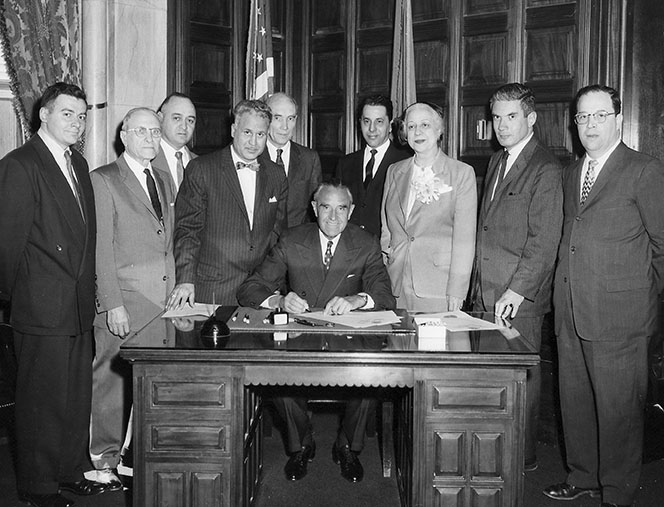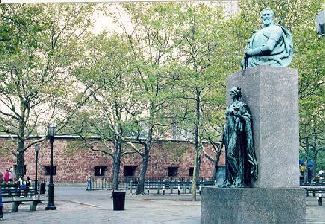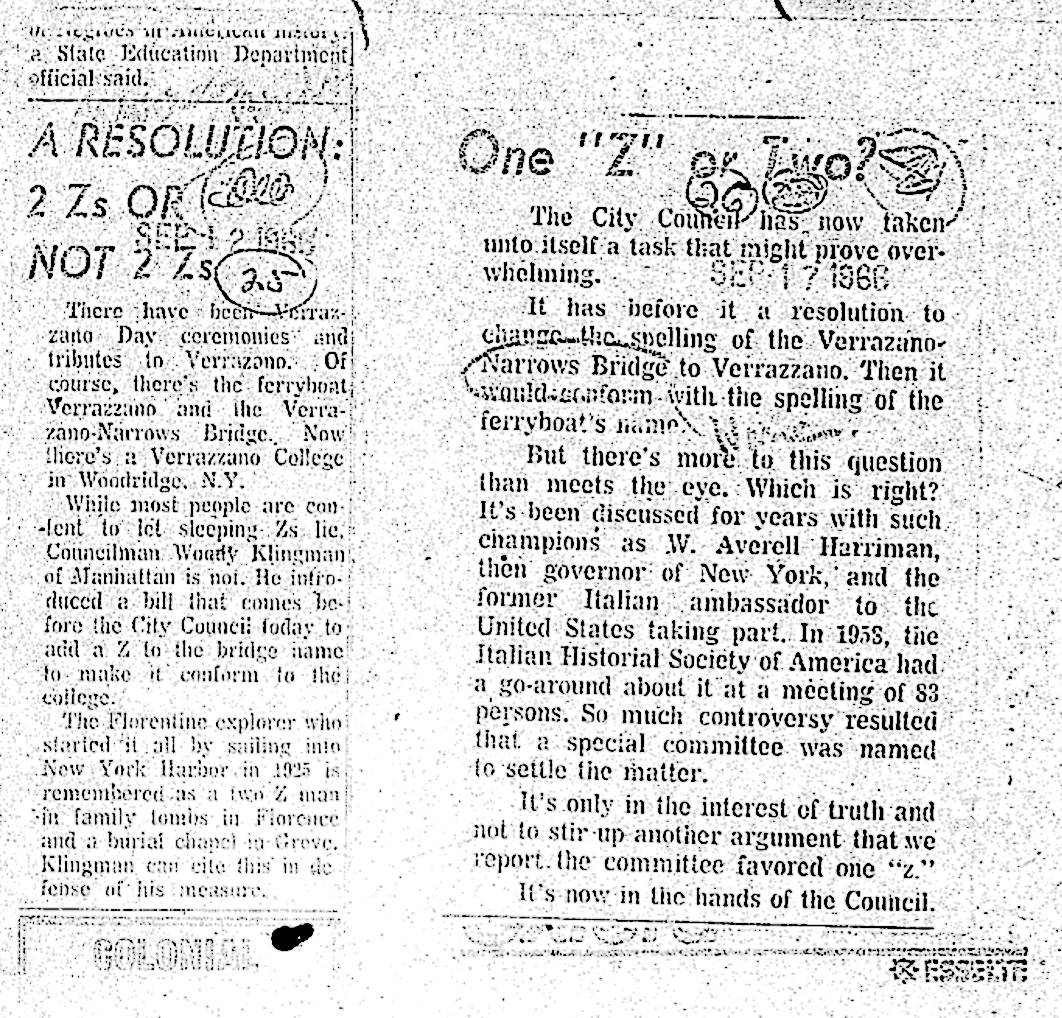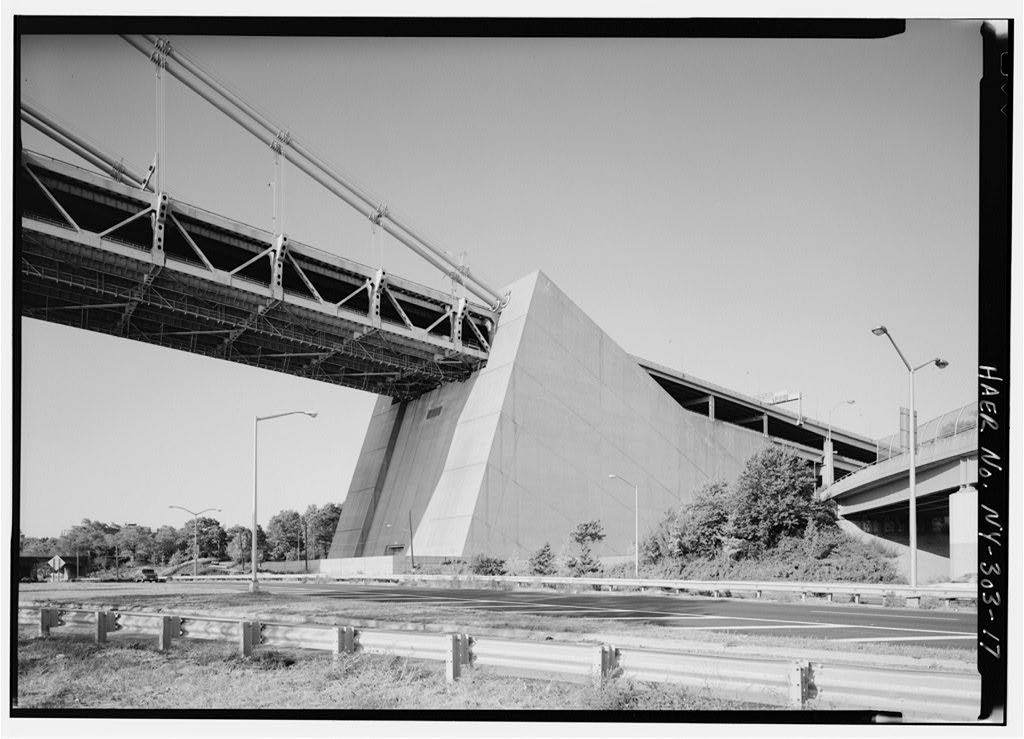Giovanni Da Verrazzano (1485-1528)
Giovanni da Verrazzano (also spelled Verrazano) was born in Tuscany, Italy in 1485 and died in 1528 in the Lesser Antilles. He was a Florentine explorer sailing under the French flag. He was the first European to sight Cape Fear Island and New York and Narragansett Bays. While growing up in Florence, Verrazzano received an excellent education. Later he moved to Dieppe in France and entered the French maritime service. He traveled several times to the Levant. In 1523, Francis I agreed to provide Verrazzano with two ships to set sail and discover the westward passage to Asia. In January of 1524, Verrazzano set sail, his vessel being named La Dauphine (a term traditionally used to refer to the eldest son of the king - the individual immediately in line to the throne).
In early March he arrived at Cape Fear in North Carolina. He then continued northward, exploring the eastern seaboard of North America as far as Nova Scotia. He made several discoveries including New York Bay, Block Island and Narragansett Bay. He was also the first European explorer to name newly discovered North American sites after persons and places in the Old World.




